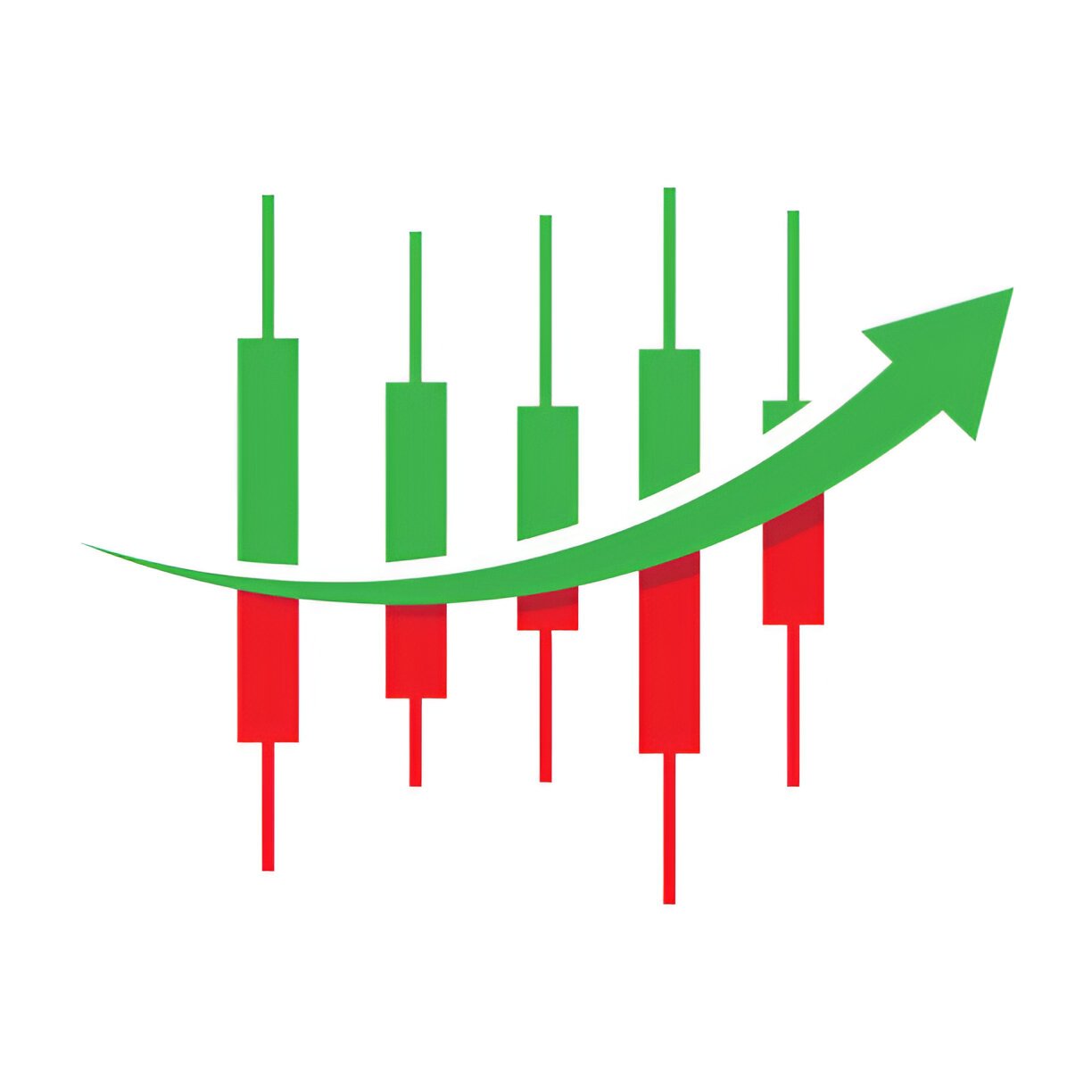Introduction
I often hear people talk about stock exchanges, bonds, and regulated markets, but few discuss the shadowy yet influential world of kerb markets. These unofficial trading platforms operate outside formal exchanges, offering unique opportunities—and risks—that many investors overlook. In this guide, I break down what kerb markets are, how they function, and why they matter in the broader financial ecosystem.
Table of Contents
What Is a Kerb Market?
A kerb market, also called an over-the-counter (OTC) or gray market, is an informal trading space where securities, commodities, or other financial instruments change hands without regulatory oversight. Unlike the New York Stock Exchange (NYSE) or NASDAQ, kerb markets lack centralized pricing, standardized rules, or government-backed protections.
Key Characteristics of Kerb Markets
- Decentralized Trading: Transactions occur directly between buyers and sellers.
- Limited Transparency: Prices aren’t always publicly disclosed.
- Higher Risk: No regulatory safeguards against fraud or default.
- Flexibility: Trades can happen outside standard market hours.
How Kerb Markets Operate
I’ve seen kerb markets thrive in two primary forms:
- Physical Kerb Markets: Traders meet in person, often in open-air spaces or after-hours gatherings. Historically, this was common before electronic trading.
- Electronic Kerb Markets: Online forums, messaging apps, or private networks facilitate deals. Cryptocurrency OTC desks are a modern example.
Example: Trading Stocks After Hours
Suppose I want to buy shares of Company XYZ after the NYSE closes. Since formal exchanges are shut, I might turn to a kerb market dealer. The price could differ from the closing price due to lower liquidity. If the NYSE closed at P_c = \$50, the kerb market might offer it at P_k = \$52 due to pent-up demand.
Why Do Kerb Markets Exist?
1. Circumventing Regulations
Some traders use kerb markets to bypass restrictions like short-selling bans or capital controls. For instance, during the 2008 financial crisis, certain hedge funds used OTC markets to short mortgage-backed securities when exchanges barred such trades.
2. Access to Illiquid Assets
Kerb markets often deal in assets that aren’t listed on formal exchanges. Think private equity, distressed debt, or rare collectibles. If I want to buy a stake in a pre-IPO startup, a kerb market might be my only option.
3. Anonymity
High-net-worth individuals sometimes prefer kerb markets to avoid public disclosure requirements. Large trades on formal exchanges can move markets, but OTC deals stay under the radar.
Risks of Kerb Market Trading
1. Counterparty Risk
Since there’s no clearinghouse, I rely on the other party to honor the deal. If they default, I have little recourse.
2. Price Manipulation
Without oversight, insider trading and pump-and-dump schemes flourish. A seller might artificially inflate an asset’s price before dumping it on unsuspecting buyers.
3. Legal Ambiguity
While not all kerb trading is illegal, some transactions violate securities laws. If I trade unregistered securities, I could face fines or criminal charges.
Kerb Markets vs. Formal Exchanges
| Feature | Kerb Market | Formal Exchange (e.g., NYSE) |
|---|---|---|
| Regulation | Minimal or none | Heavily regulated |
| Transparency | Low | High |
| Liquidity | Variable | Generally high |
| Settlement Guarantee | No | Yes (via clearinghouses) |
| Trading Hours | Anytime | Fixed |
Mathematical Perspective: Pricing in Kerb Markets
In formal markets, prices follow efficient market theory, where P_t = P_{t-1} + \epsilon_t (random walk hypothesis). But kerb markets often exhibit stronger deviations due to information asymmetry.
Suppose I’m pricing a bond in a kerb market. The yield might be higher to compensate for risk:
Y_k = Y_f + R_pWhere:
- Y_k = Kerb market yield
- Y_f = Risk-free yield (e.g., Treasury bonds)
- R_p = Risk premium
If Y_f = 3\% and R_p = 5\%, then Y_k = 8\%.
Real-World Examples
1. Forex Kerb Markets in Emerging Economies
In countries with strict currency controls, kerb markets for USD or EUR thrive. If the official exchange rate is 1 USD = 100 \text{ Local Currency (LC)}, the kerb rate might be 1 USD = 120 LC due to scarcity.
2. Crypto OTC Desks
Bitcoin whales often trade via OTC desks to avoid slippage. If I want to sell 1,000 BTC, doing so on Coinbase would crash the price. Instead, an OTC dealer matches me with a buyer at a negotiated rate.
Legal Implications in the US
The SEC cracks down on unregistered securities trading, but not all kerb activity is illegal. Rule 144A allows qualified institutional buyers to trade privately placed securities, creating a quasi-legal kerb market.
Should You Participate in Kerb Markets?
I’d advise caution. While the potential rewards are high, the risks often outweigh them unless you:
- Have deep market knowledge.
- Can verify counterparties.
- Accept the possibility of total loss.
Conclusion
Kerb markets play a vital but underappreciated role in global finance. They offer flexibility and access to unique assets but come with significant hazards. If I were to dip into this world, I’d start small, do my due diligence, and never invest more than I can afford to lose.





